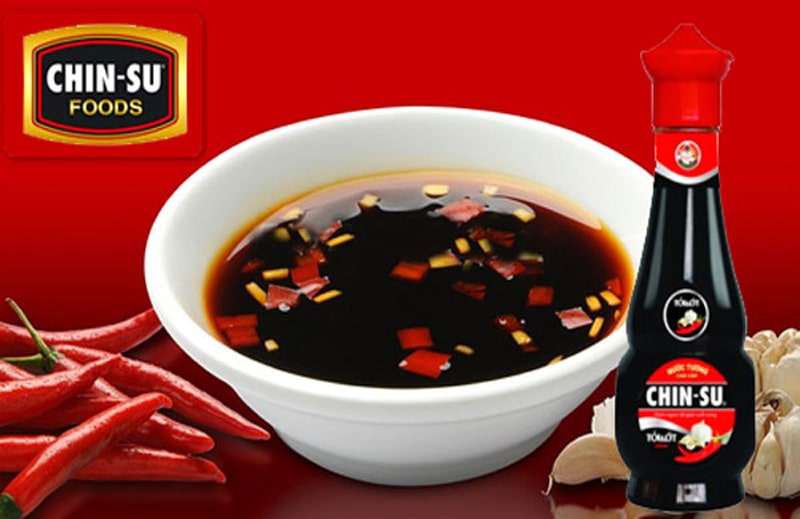No products in the cart.
Food News
Chinsu Tam Thai Tu Soy Sauce – Delicious to the last drop
Table of Contents
Chinsu Tam Thai Tu Soy Sauce
Masan Food’s tale is carefully pertaining to the success of Head of state Nguyen Dang Quang in the very early 1990s, when he began selling instant noodles to Vietnamese people in Russia, and after that built the very first manufacturing facility with a capacity of 30 million bundle per month, generate noodles, Chinsu Tam Thai Tu Nhat Ca Soy Sauce 500ml, fish sauce, chili sauce offered to native audio speakers.
In 2002, Mr. Quang brought Masan back to his home town. Below, Masan Food has actually established a resounding success when participating in all four teams of arising consumer goods in Vietnam, such as Vietnam soy sauce, smoked water, instantaneous noodles as well as seasoning seeds, with profits in 2009 reaching virtually VND 4,000 billion., more than increased (106%) compared to 2008. Nonetheless, Masan Food additionally in some cases has to pay the cost when it falls under the trap set on its own.
Tam Thai Tu and the strategy of “Marketing based on worry”
Prior to 2007, Masan Food’s business model was quite basic. Chinsu brand name for 4 major product lines: soy sauce in Vietnam (birthed in 2002), fish sauce (2003 ), instantaneous noodles (2003 ), and also flavoring seeds (2003) with less than 500 billion VND income as well as no superior advancement. The event of the 3-MCPD carcinogen in the nation occurred (starting in 2005 and also lasting till 2007), changing Chinsu’s entire destiny as well as Masan Food.
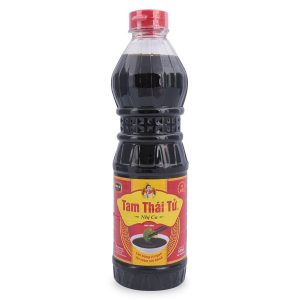
For almost 3 years because its inception, Chinsu Tam Thai Tu soy sauce with the motto “delicious to the last drop” has nothing to attract attention in a market with lots of enduring brands like Disadvantage Meo (of Nam Duong Firm), Track Ma, Hau Sanh … A numerous various other unidentified brand names. It is additionally an important item however is less complicated to make than fish sauce (which needs manufacturing near the sea, where fresh fish materials are readily available), soy sauce brings in many exclusive establishments associated with production.
3-MCPD
By July 2005, Chinsu soy sauce in Europe was accused of including 3-MCPD (a contaminant generated throughout the fermentation of soybeans to create soy sauce, possibly carcinogenic) past the permissible concentration. In Vietnam, the area additionally started to stress over this kind of contaminant. The HCMC Division of Wellness in the investigation and many brands of soy sauce were concluded to consist of 3-MCPD in excess of the requirement. However, the end of the 3-MCPD story has not yet guaranteed customers when the Wellness Division’s final thoughts are still debatable as well as several later growths reveal that there is a lot of information regarding 3-MCPD. has actually been concealed. Masan leaders refuted this accusation, and also they also recognized that the moment had come.
The release of Chinsu Tam Thai Tu Soy Sauce
To produce a brand-new item, according to some entrepreneur we surveyed, it takes at the very least 6 months, from item research study to enrollment, product packaging design, manufacturing, bottling, advertising and setting up a circulation system. However, just one as well as a half months after the 3-MCPD event, in September 2007 Masan Food released Chinsu Tam Thai Tu soy sauce and introduced to award 1 billion VND to somebody that found 3-MCPD in Chinsu Tam Thai Tu soy sauce.
While customers are bewilder, worry, numerous prestigious long-lasting soy sauce brands are also conclude to include 3-MCPD. Thousands of little as well as large soy sauce centers are close. Chinsu Tam Thai Tu Nhat Ca Soy Sauce with the motto “3-MCPD-free soy sauce” has actually grabbed the marketplace.
Soy Sauce Market
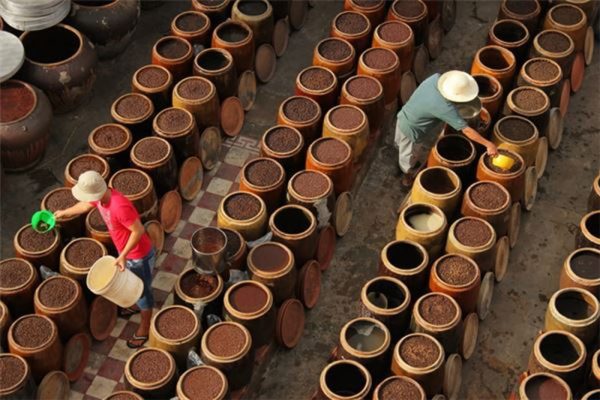
Compelled to break the model of a Chinsu brand name throughout 4 product lines of fish sauce, soy sauce, instant noodles and also flavoring seeds. The appearance of Tam Thai Tu has assistance Masan Food’s income tripled from 660. VND billion in 2007 to VND 1.992 billion in 2008. Far, according to a food market expert in the same sector. Virtually 80% of the soy sauce market is in the hands of Chinsu Tam Thai Tu Nhat Ca Soy Sauce 500ml as well as concerning 5% for Chinsu. Soy sauce likewise contributed 23.7% of Masan’s revenue structure.
Get over with the method of “marketing based upon anxiety”, Masan Food once more damaged the “one Chinsu brand name” model and also launched Nam Ngu fish sauce.
Previously, the major opponent of Chinsu fish sauce was Unilever’s Knorr Phu Quoc gripping water. The production as well as trading process of this item is fairly costly because it is generated as well as bottled glass in Phu Quoc island, after that delivered right into the mainland and dispersed throughout the country. With the vibration of two popular brand names Knorr and also Phu Quoc, this item quickly gained fifty percent of the marketplace.
Compete with Knorr
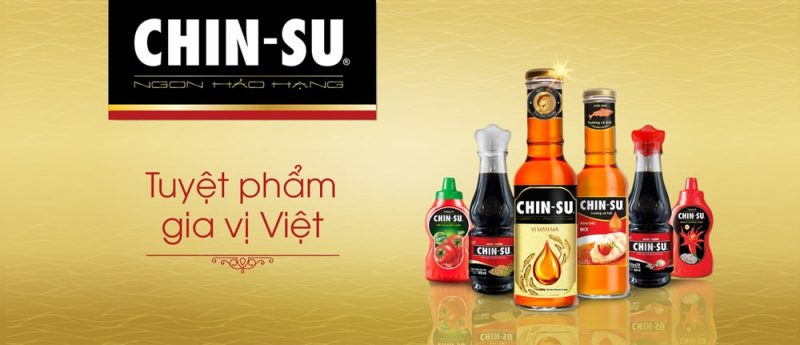
Aiming to chase Knorr. Masan has boost the traditional glass bottle to plastic bottle for lighter Chinsu fish sauce. Simpler to transport, much faster circulation and improve advertising and marketing messages. If the Phu Quoc Knorr fish sauce has a marketing message “100% natural fragrant flavor,” Chinsu fish sauce is “drops of aromatic, captivating drops”. According to a food expert. Southerners like water The sauce is fragrant. While the North people enjoy the richness. Consequently, after enhancement, Chinsu fish sauce has obtained around 10% market share. Nonetheless, like soy sauce in the very first phase. Chinsu fish sauce has actually not yet made an innovation.
In 2008, recreating the tale of Chinsu Tam Thai Tu soy sauce, when the “fear-based marketing” succeeded, Masan Food launched Nam Ngu fish sauce. Nonetheless, currently, there is no mishap that Masan Food has actually developed “problem” for fish sauce items.
Give the message “Nam Ngu – No-scale fish sauce”

This brand-new fish sauce has actually created consumers to be doubtful about what they never ever thought of before similar to with 3-MCPD. The technique of conquering consumers with health and wellness requirements once again assisted Masan Food turn around the fish sauce market. Until now, Masan Food’s fish sauce items, consisting of both Chinsu and also Nam Ngu. That have account for nearly 60% of the marketplace, overwhelming Knorr Phu Quoc. At the same time, fish sauce is additionally the segment that produces the highest earnings at Masan Food (nearly 50%, of which Chinsu has to do with 15% and Nam Ngu 31%).
Considering “fear-based advertising and marketing” as an unyielding weapon. Masan Food once more elevated the ambition of using it to turn around the market of wedges. It is true that the wedge seed market was shake up in 2008. It was Chinsu Tam Thai Tu Soy Sauce wedge that dropped into the stick trap he hit on his back
He sticks beaten his back.
The market of wedge seeds from 2008 (and until now) is practically totally in the hands of 4 brands. Knorr (Unilever), Maggi (Nestle), Aji Ngon (Ajinomoto) and Chinsu (Masan Food). According to a survey by TNS Market Research Firm in 2008, 27% of metropolitan homes have an interest in costs on seasonings. The business likewise cites 93% of customers. Who favor to make use of seasonings of even more natural beginning. Therefore, “fear-base marketing” may once more be the optimum option.
While Knorr chose the message “spices from meat”, Maggi chose “abundant preference of meat”, Aji Ngon was “tasty from meat, sweet from bone”, Chinsu Tam Thai Tu Soy Sauce picked the motto “no spices granules”. According to the Institute of Public Health Health, the preferred wedge seeds now have regarding 27-35% of MSG.
With just one arrowhead, Chinsu Soy Sauce wedge seeds target both swallows as direct rivals (wedge seed manufacturers) and indirectly (MSG producers). However, this moment they were knotted in the catch established by themselves.
The Fall of Chinsu Soy Sauce
While eating tens of billions of promotional activities for “non-monosodium glutamate” (with the taxonomic name of flavoring agent 621). Chinsu wedge seeds are implicated of using other flavor enhancers 627 and 631. (considered a “super sugar”). This marketing campaign is also talk about by some marketing experts in a moral point of view. From a tactical point of view, Chinsu wedges can be taken into consideration a stick lesson he slapped his back.
For that reason, regardless of participating in the market since 2004. In 2009, Chinsu seasoning seeds still contributed just 1.4% of the income framework of Masan Food as well as account less than 5% of the market. The name Chinsu once again did not bring luck to Masan. And maybe they require a “hero” with another name for the wedge seed product.
Instant noodles “retribution”.
In Masan’s advancement background, instant noodles can be take into consideration the eldest. Chairman Nguyen Dang Quang of Masan Group was phone call by the media “the person who instructs Russian to use instant noodles as well as chili sauce”. When his very first batch of noodle was successful in the Russian market about twenty years ago. However, in Vietnam, Masan’s noodle plan tale only starte to be mention. When the brands of Tien Vua and also Omachi were born in 2008 as well as 2009 respectively.
At the end of 2007 as well as very early 2008. When evaluating the Vietnamese split second noodles market. A big United States market research company ranke Masan in fourth place in terms of market share (regarding 10%), after 3 brands. led by Acecook Vietnam (55%), Asia Food (15%), Vifon (more than 10%). However, by the end of 2009 as well as early 2010. Masan Food went beyond Asia Food and also Vifon. Getting to the 2nd setting (more than 15%).
The immediate noodles market is increasingly competitive. The industry growth rate has to do with 15-20% annually. Greater than 5 billion noodles plans of 50 organizations circulating out there as well as predict by Euromonitor Market Research Business. It can enhance to over 7 billion plans in 2012.
Chinsu Brand name
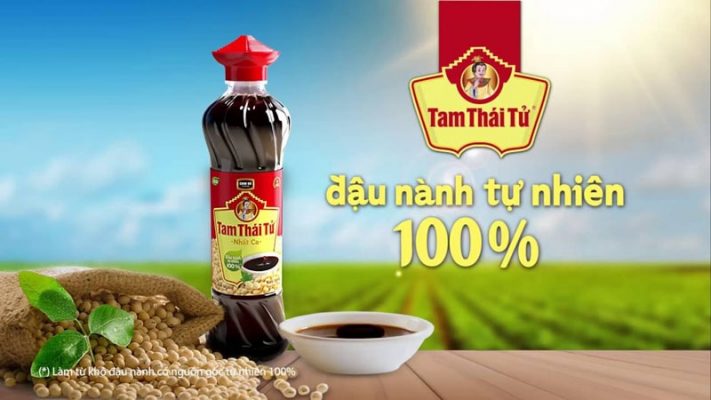
Once more, Chinsu’s general brand name design for all products represents a danger. Chinsu soy sauce deals with 3-MCPD claims. Nam Ngu fish sauce can not surpass Knorr Phu Quoc. Chinsu flavoring seeds struggle with Chinsu instantaneous monosodium glutamate and instant noodles (appearing from the early days of Masan Food – 2003). Do not leave any significant mark.
Prior to Omachi showed up in 2007, the noodle market grew nearly disorderly, without a clear sector. The significant wheat investors still make use of the technique of introducing numerous brand names, to ensure that customers have more options. Acecook Vietnam has Hao Hao, Hao 100, Bon Phuong, De Nhat, Sumo, as well as Thai Hot …; Asia Food has Red Bear, Hi, Yellow Egg, Osami; Vifon has dozens of kinds of noodles with sufficient flavor. This strategy makes the brand names of the very same producer self-feed each other’s market share. The life cycle of a brand comes to be temporary, soon ruined as well as caused a strong race rate. Chinsu instant noodles, with a not-so-clear marketing message. Costs get on the same level with numerous various other typical brands, additionally swiftly falling into a chaotic market.

